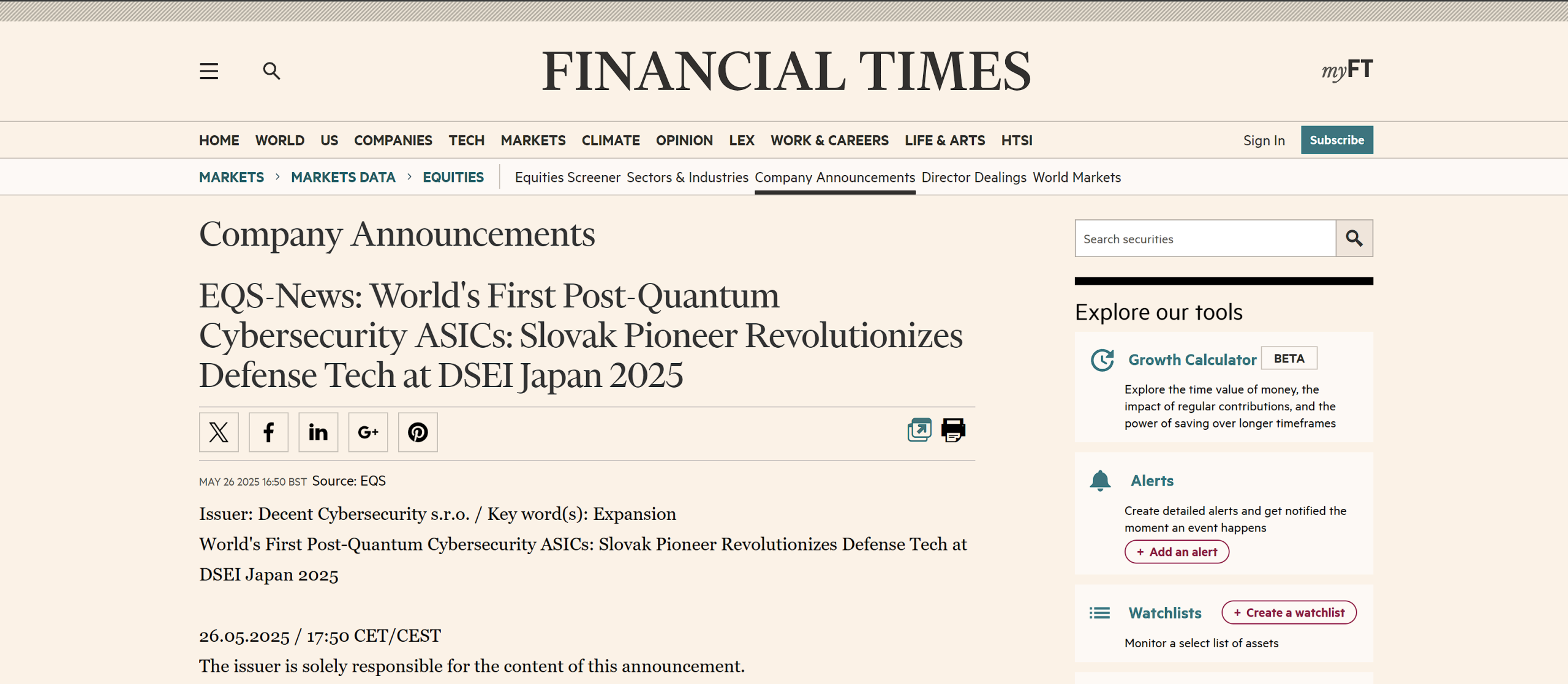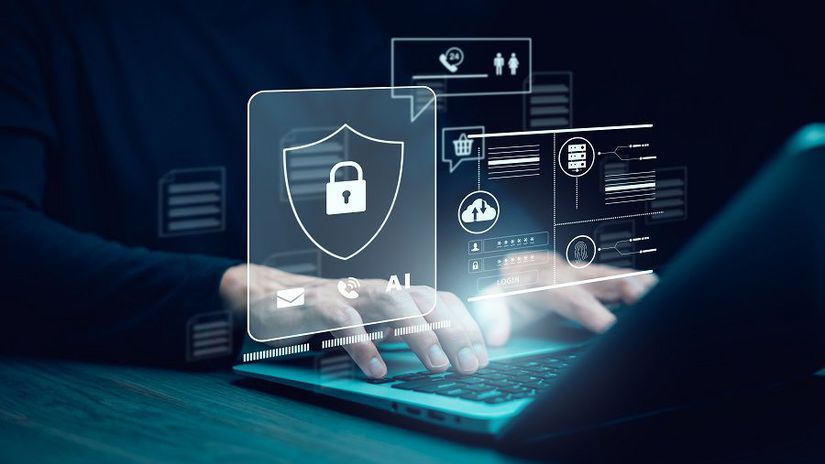In 2024, the landscape of digital security is increasingly influenced by the convergence of quantum computing and blockchain technology. Quantum computing, with its advanced computational capabilities, is playing a pivotal role in enhancing the security and efficiency of blockchain systems. This integration is particularly crucial as the power of quantum computing also poses potential risks to traditional cryptographic methods used in blockchain. This article delves into how quantum computing is both a challenge and a solution to blockchain security.
Quantum Computing: A Double-Edged Sword for Blockchain
Quantum computing’s ability to perform complex calculations at unprecedented speeds presents a dual scenario for blockchain technology. On one hand, it poses a significant threat to the cryptographic algorithms that underpin blockchain security. On the other, it offers innovative ways to strengthen and evolve these security protocols.
Enhancing Blockchain Security with Quantum Computing
Quantum-Resistant Algorithms: Quantum computing drives the development of new cryptographic algorithms for blockchain that are resistant to quantum attacks. These algorithms, such as lattice-based and hash-based cryptography, ensure the long-term security of blockchain systems against quantum threats.
Quantum Key Distribution (QKD): QKD uses the principles of quantum mechanics to securely distribute encryption keys. Integrating QKD with blockchain can significantly enhance the security of peer-to-peer transactions, making them virtually immune to interception or eavesdropping.
Improved Efficiency and Speed: Quantum computing can optimize blockchain’s performance by accelerating transaction processing and validation times. This is particularly relevant for complex blockchain operations, like smart contracts, enhancing overall network efficiency.
Challenges in Integrating Quantum Computing with Blockchain
Technological and Infrastructural Barriers: The integration of quantum computing into existing blockchain infrastructures poses significant technological challenges. Developing compatible systems and ensuring the seamless operation of quantum-enhanced blockchain networks require substantial innovation and resources.
Scalability: While quantum computing can enhance blockchain efficiency, scalability remains a concern. Ensuring that quantum-enhanced blockchain systems can handle large-scale operations and a growing number of transactions is critical.
Accessibility and Cost: The high cost and limited accessibility of quantum computing technology could hinder its widespread adoption in enhancing blockchain security. Balancing technological advancement with accessibility is crucial for the democratization of quantum-secure blockchain solutions.
Conclusion
In 2024, quantum computing plays a critical role in shaping the future of blockchain security. It presents groundbreaking opportunities to fortify blockchain systems against evolving digital threats, ensuring their viability and reliability in an increasingly quantum-aware world. While challenges exist in terms of integration, scalability, and accessibility, the ongoing advancements in quantum computing are paving the way for more secure, efficient, and scalable blockchain networks. As we progress, the synergy between quantum computing and blockchain is set to unlock new possibilities, reinforcing the importance of continued innovation and collaboration in these dynamic technological fields.







